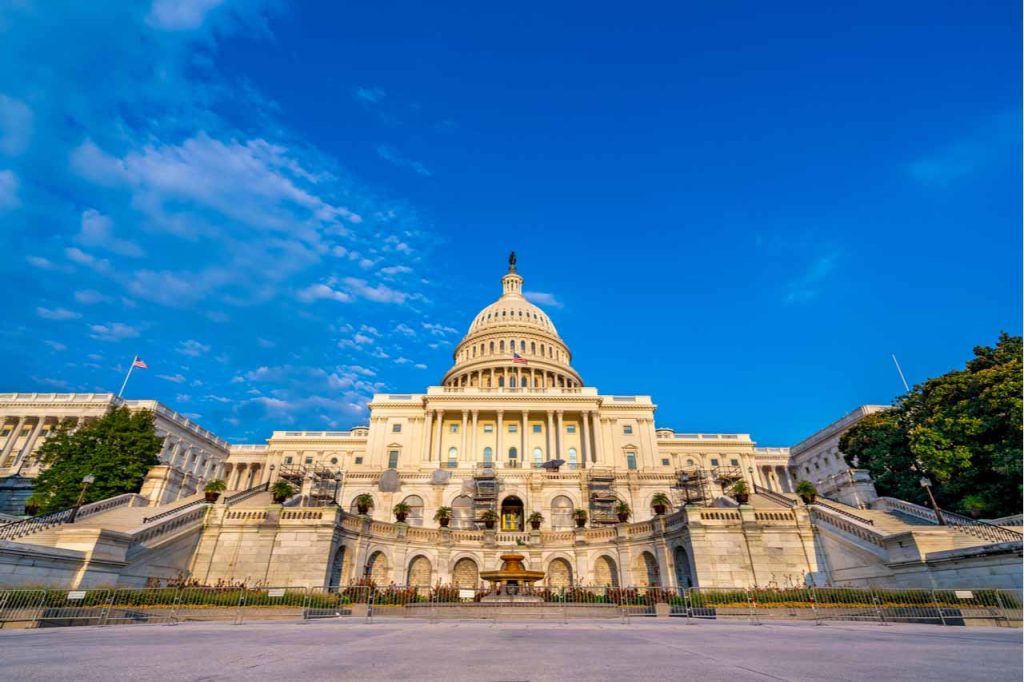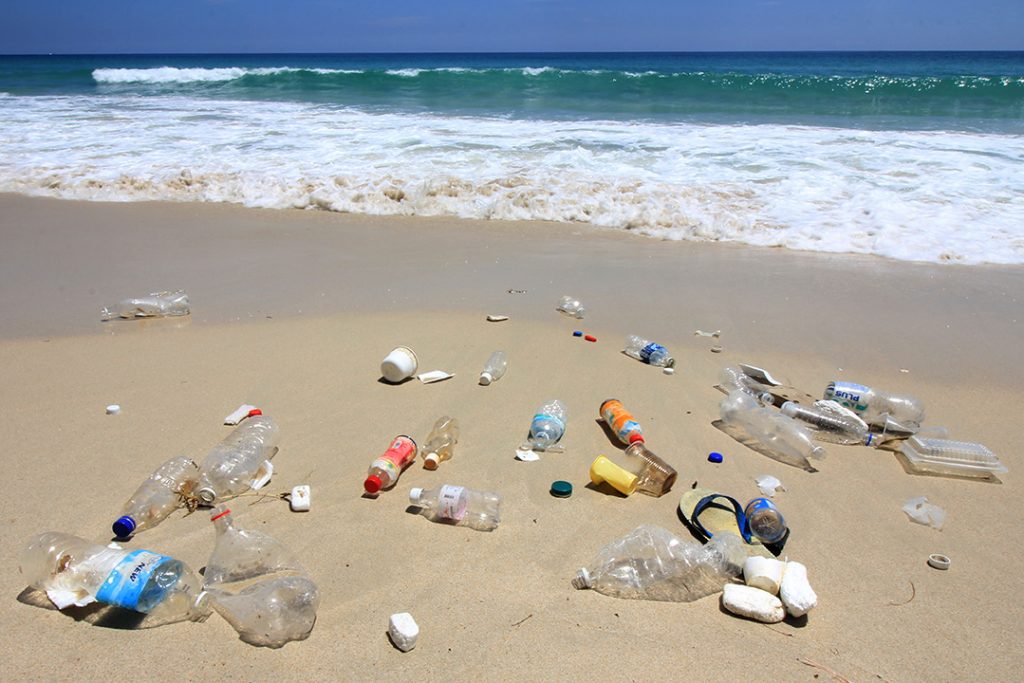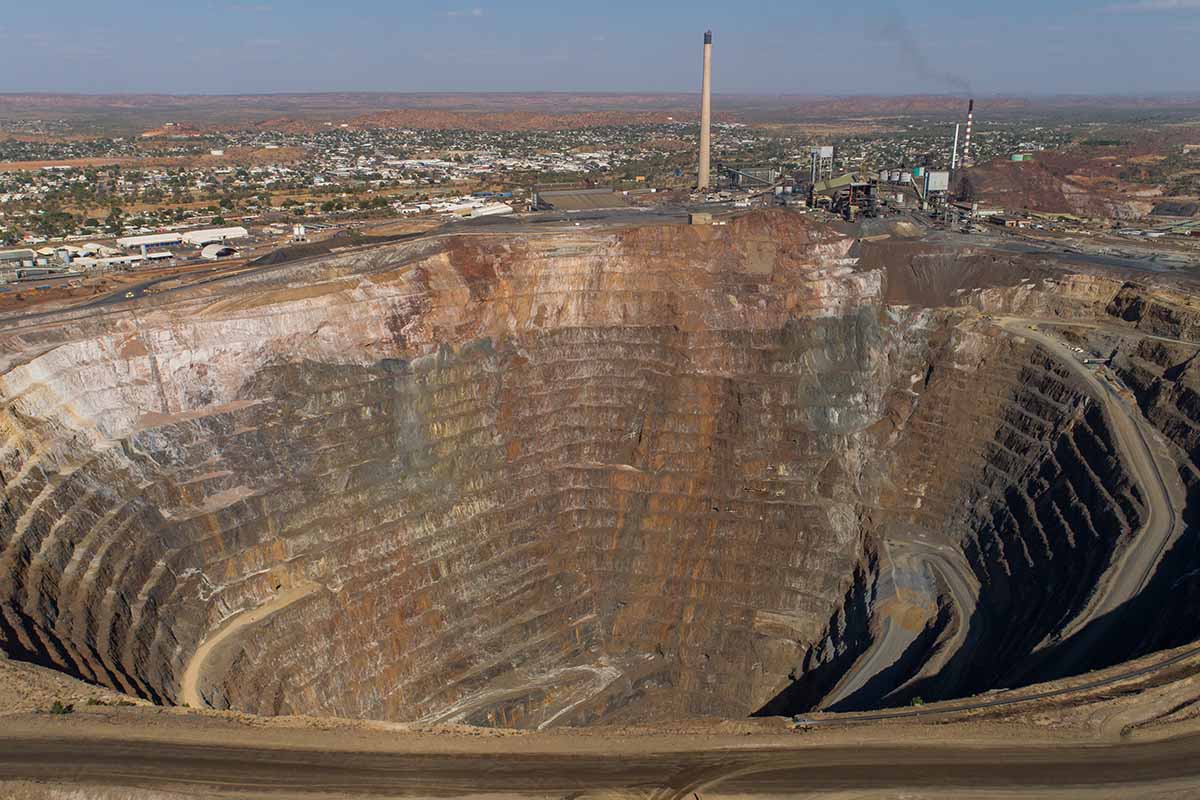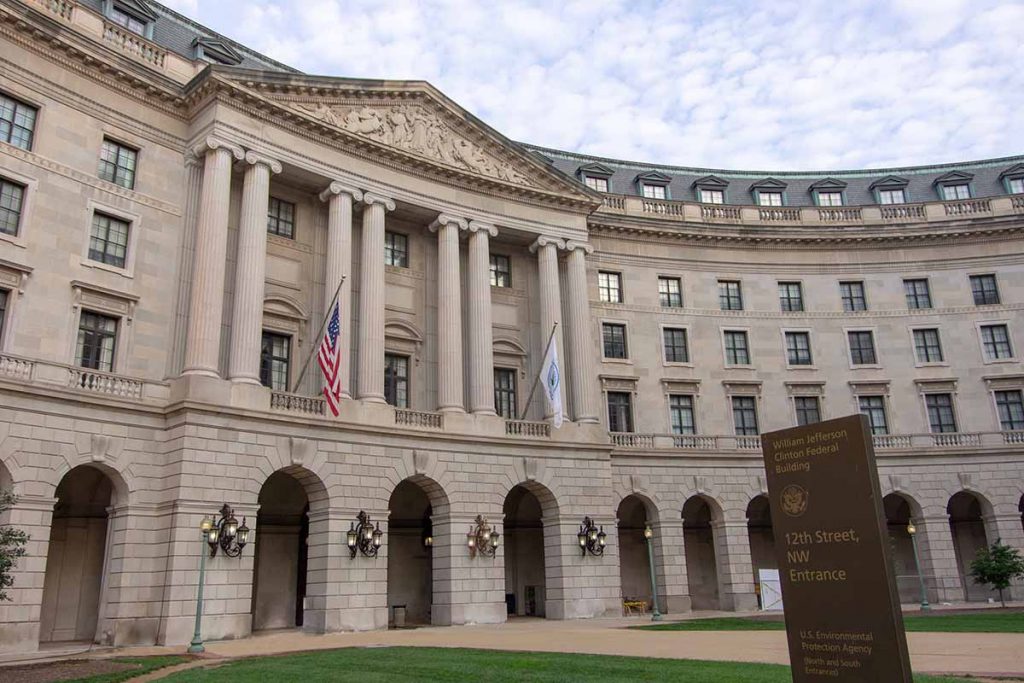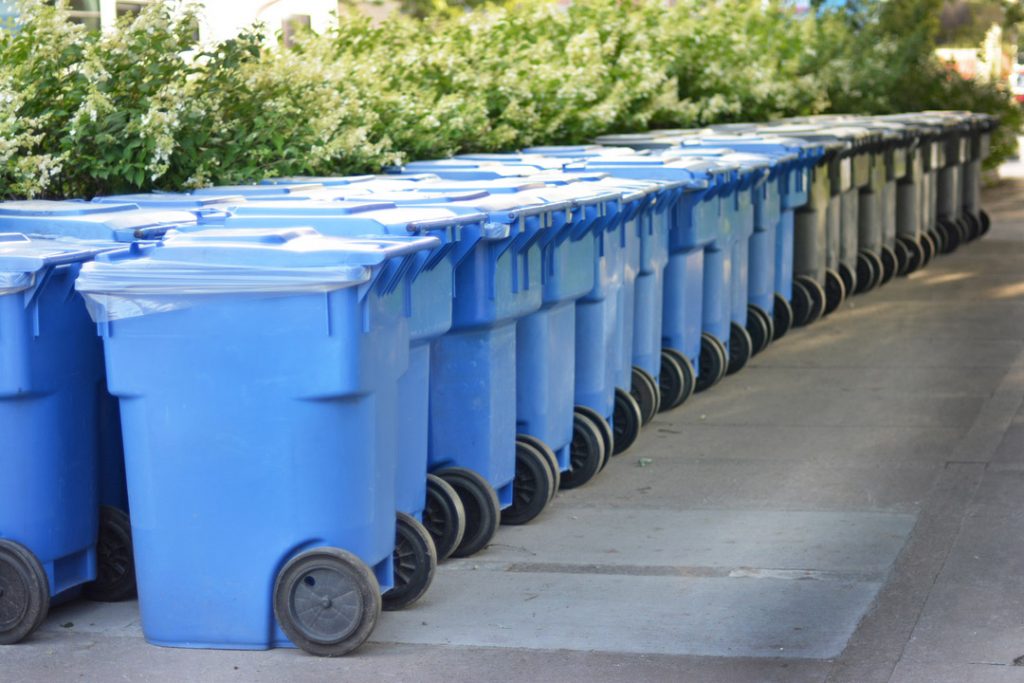
Nearly 40% of surveyed CFOs and CEOs said that sustainability initiatives would be the first cut in tight financial times. | Jirapong Manustrong/Shutterstock
A survey of CEOs and chief financial officers suggested that when businesses are considering cuts amid current economic headwinds, sustainability initiatives are among the first to go.



